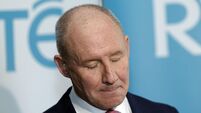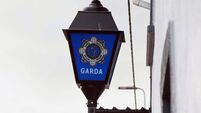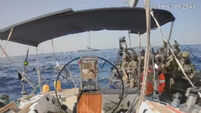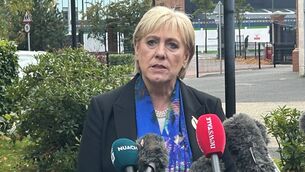Commission finds Ireland's low rate of identification of child trafficking victims 'concerning'
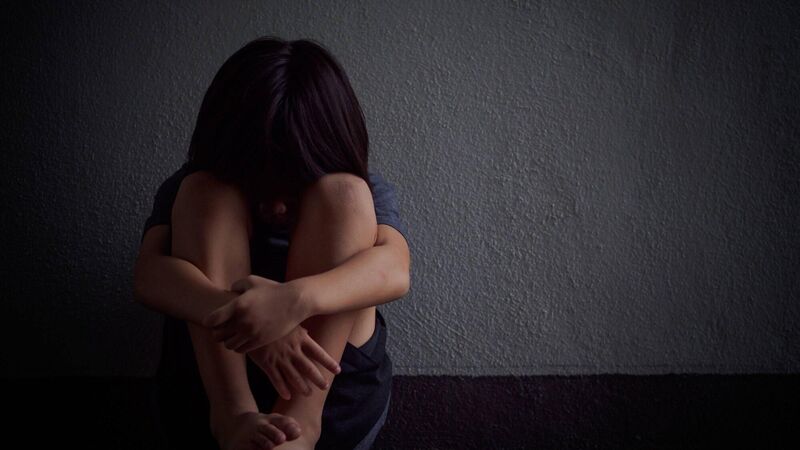
The 5th European Commission progress report on the Fight against Trafficking in Human Beings in the European Union aid that children in the EU are trafficked 'for all forms of exploitation, mainly sexual exploitation, but also for forced criminality, forced begging, forced marriage and labour exploitation'.
Ireland is “morally and politically obliged” to tackle human trafficking with every tool necessary amid concerns about the low level of child victims identified here, according to the Irish Human Rights and Equality Commission (IHREC).
The commission is Ireland’s special rapporteur on human trafficking and was responding to the 5th European Commission progress report on the Fight against Trafficking in Human Beings in the European Union, published in recent days.
The report listed Ireland among four member states who reported “very low” numbers of child trafficking victims, with Belgium, Spain and Austria. IHREC's findings showed that 19% of all human trafficking victims in the EU were children — 10% above Ireland's reported rate.
IHREC said: “The decreasing trend of the number of registered child victims may be linked to the increase in online sexual exploitation, where many victims remain hidden.
It also noted that children in residential or institutional care are particularly vulnerable to trafficking. IHREC notes that Ireland’s figure is “a concerning lower rate of identification compared to Europe”.
Currently, only gardaí can identify victims of human trafficking, although operational guidelines are currently being drawn up for a new referral mechanism, which will allow other frontline agencies to identify victims.
IHREC said that “issues persist on the classification of child exploitation cases and the insufficient collection of child trafficking data”. It wants child-specific identification and assistance to be detailed in the new referral mechanism to enable the State to “meet its obligations to our most vulnerable victims”.
More than 7,000 children were identified as victims of trafficking through the UK’s national referral mechanism in 2023. In comparison, just five child trafficking victims were identified in Ireland in the same 12-month period.
Chief Commissioner Liam Herrick said: “Trafficking in human beings remains the fastest growing criminal industry in the world. It is an abhorrent crime, targeting the most vulnerable in society, and one we are morally and politically obliged to combat with every tool necessary.
“While the State has been progressive in revising the National Referral Mechanism with a multi-agency approach, it is now crucial that the Operational Guidelines to accompany this mechanism are appropriate, sensitive and ensure that the needs of all victims are considered, particularly children.”
The EC report said that children in the EU are trafficked “for all forms of exploitation, mainly sexual exploitation, but also for forced criminality, forced begging, forced marriage and labour exploitation”.
The EC report noted that Ireland and Slovenia “reported about increasing online fraud committed through forced criminality and about social security fraud”. Ireland was among six EU member states who highlighted the specific vulnerabilities of seasonal workers to human trafficking.



